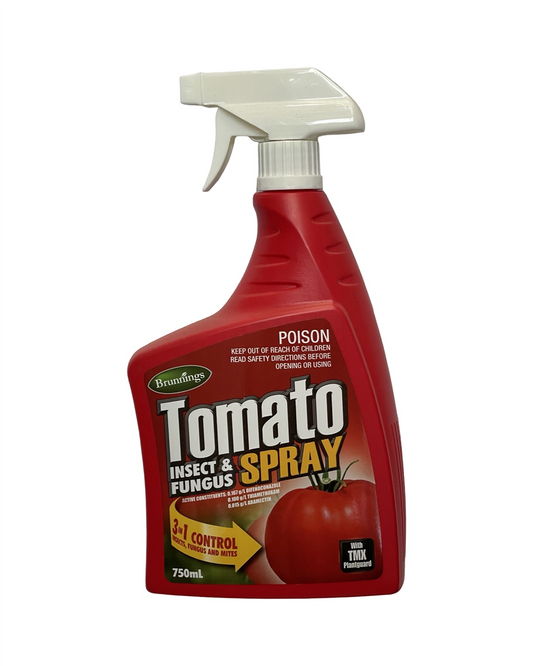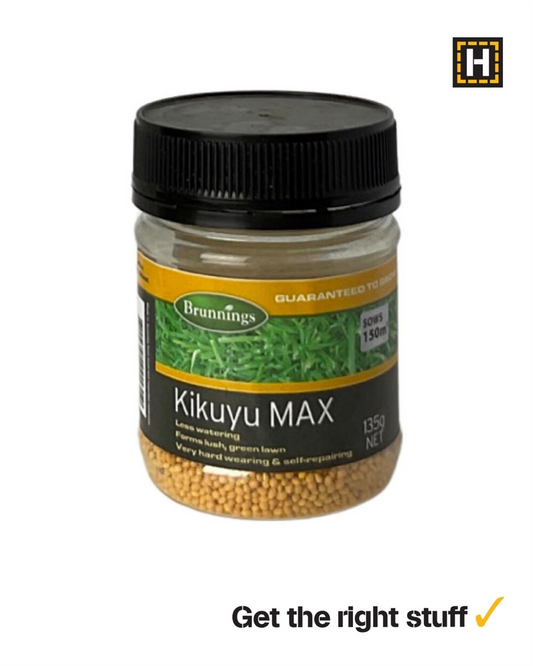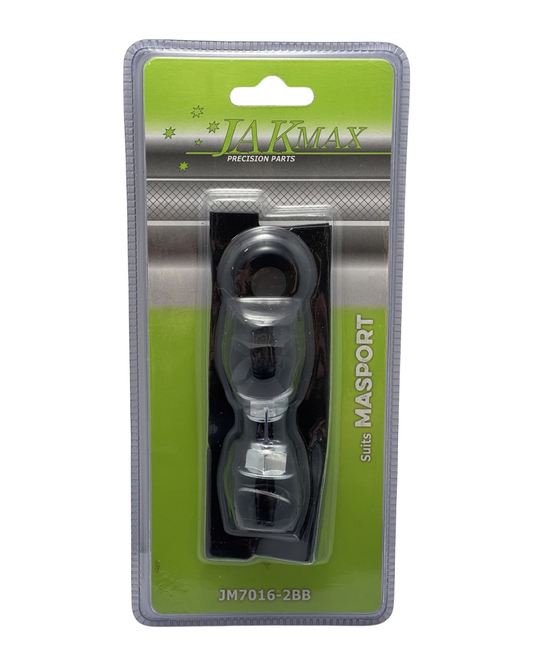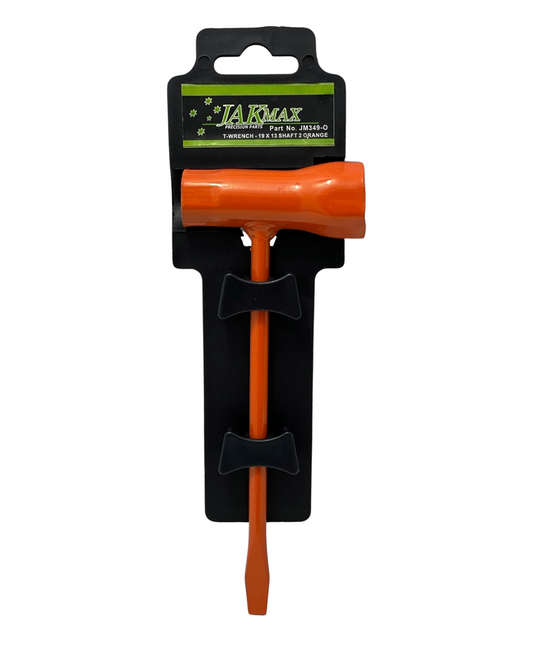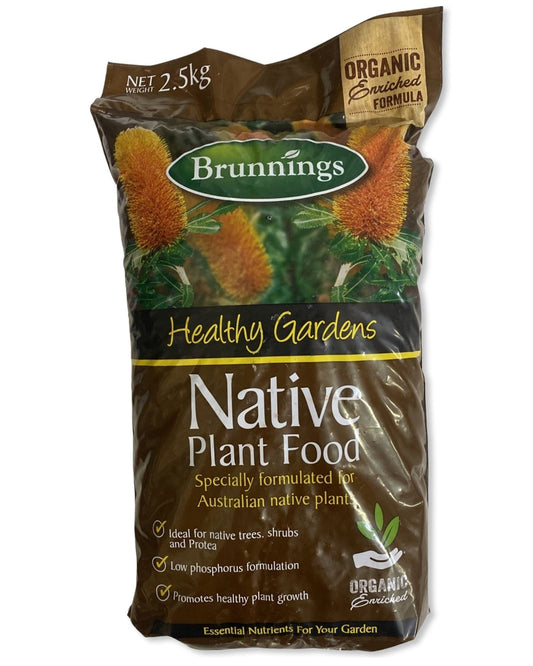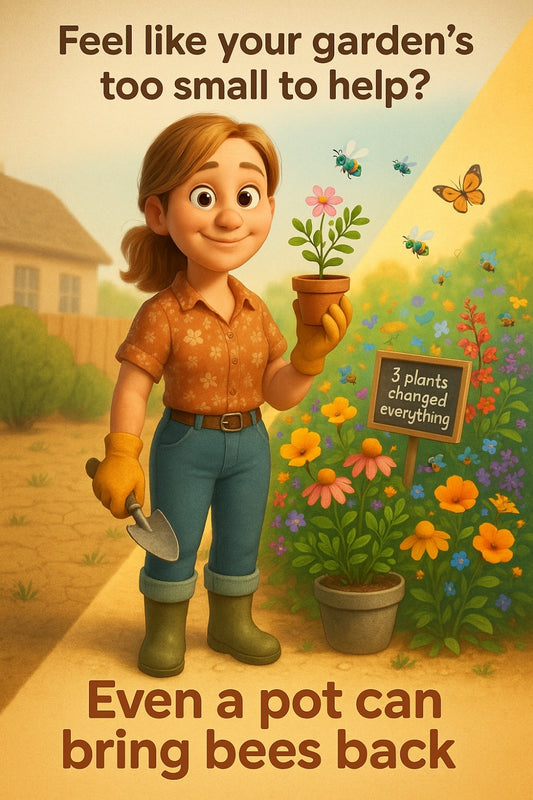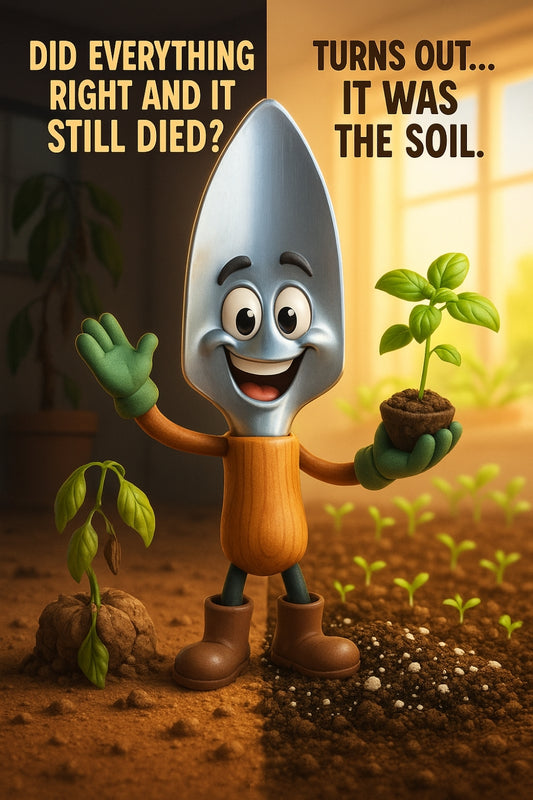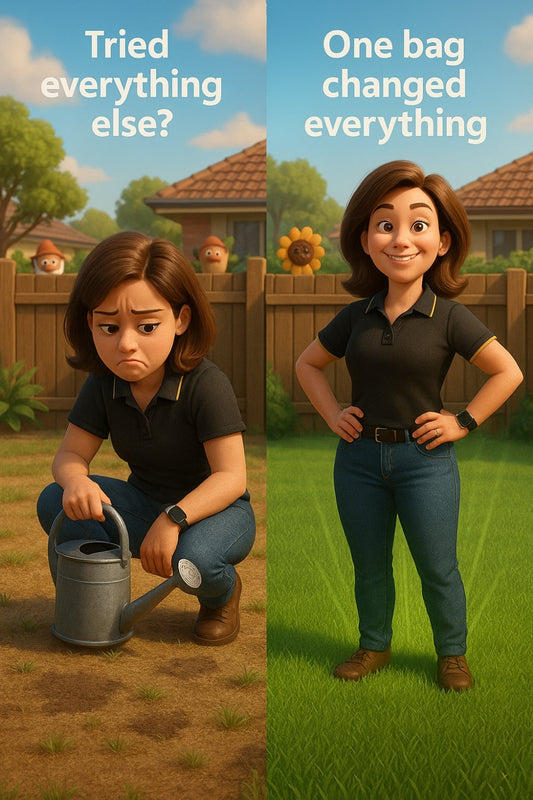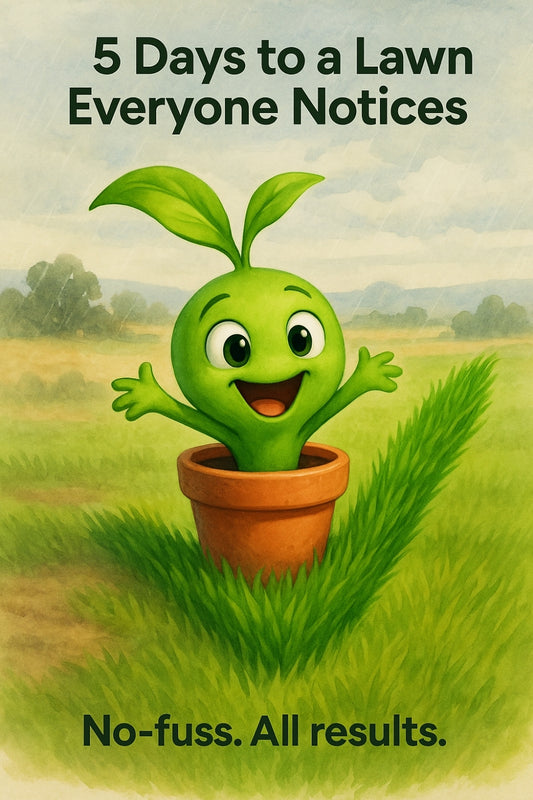David Attenborough’s bees are vanishing—and your backyard might be silently helping them disappear
Share
How simple backyard choices could be the difference between lifeless silence or buzzing beauty
Every time David Attenborough whispers through your screen about vanishing bees, something tugs at your chest. It’s not just the bugs—it's the creeping worry: Am I unknowingly part of the problem?
Here’s the surprising truth: Most Aussie backyards are pollinator deserts… but they don’t have to be. And turning yours into a buzzing paradise is easier than remembering to bring the bins in.
The Butterfly Effect (Yes, Literally)
Pollinators like bees, butterflies and even native beetles keep your garden – and your plate – flourishing. But studies show we’ve lost one-third of Australia's pollinator population in recent decades due to habitat loss, pesticide use, and poor planting choices.
So what changed when people shifted from sterile lawns to small, flower-filled strips?
“One neighbour added just three native plants along their fence line – and within a week, blue-banded bees were back. We started charting species from the kitchen window.” – Local gardener, Sasha W.
This isn't a hippie fantasy. It's ecology at work – tight, tidy corridors of blooms and grasses that link fragmented pollinator habitats together. Pollinator pathways are like bee-themed highways across towns, suburbs, and regional backyards.
Used to be all weeds and worries. Now? It’s the talk of the street.
Pollinator pathways don’t mean ripping up your yard. They’re about replacing tiny pockets of space – that dull strip along the driveway, a forgotten corner behind the shed, even a row of pots on a balcony – with plants that power biodiversity.
Start with plants that actually do the job
You don’t need exotic showstoppers. You need local legends. Here are a few basics that thrive in South Australian soils:
- Grevilleas: Nectar-packed and native bee magnets.
- Kangaroo Paw: Loved by native bees and small birds.
- Lavender: European, yes, but bees lose their tiny minds for it.
- Westringia (‘Native Rosemary’): Bulletproof, bushy, and brilliant for hoverflies.
- Coriander gone to seed: A forgotten veg turns into a pollinator buffet.
And yes, even herbs you grow for dinner count. Basil, thyme, mint – let some bloom, and watch the wings roll in.
“But I only have a rental” – Everyone
Perfect. Portable pathways are real. Try:
- Pots: Use different heights and groupings. Bees like variety.
- Grow bags: Cheap, cheerful, and great on balconies or patios.
- Window boxes: Especially good for attracting moths and bees at dawn and dusk.
You don’t need acreage. You need intention. Even a windowsill adds a piece to the pollinator puzzle.
What this means for the future of your garden
If you’ve ever felt frustrated by fruit that won’t set, veggies that flower but don’t produce, or flowers that seem... sleepy – pollinators may be the missing link. Without them, you’re gardening in silence.
But with them?
“I planted a mix of natives and basil. By the end of the season, I had plums, tomatoes, and butterflies teaching science to my five-year-old.” – Weekend gardener, Aaron R.
You bring in buzz. You get fruit. Flowers perk up. Tomatoes double. And there’s something else too – that quiet pride when someone asks, What’s your secret?
The mic-drop? Your garden can be more than yours.
Your patch, however tiny, can become part of a healing chain – a breadcrumb trail of colour and scent that leads bees, beetles, butterflies, and birds safely through suburbia and open country alike.
And it starts with one change: replacing a dull bit of dirt or lawn with plants that actually feed the world around you.
That’s the kind of garden that doesn’t just grow something – it means something. And that’s worth buzzin’ about.
Happy planting,
Candeece
 Stay Connected
Stay Connected
Join our gardening community on Facebook: Urban Gardener's Notebook
And follow our Store Facebook Page: Strathalbyn H Hardware on Facebook

